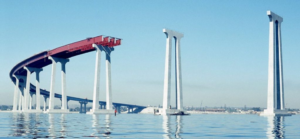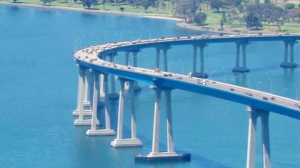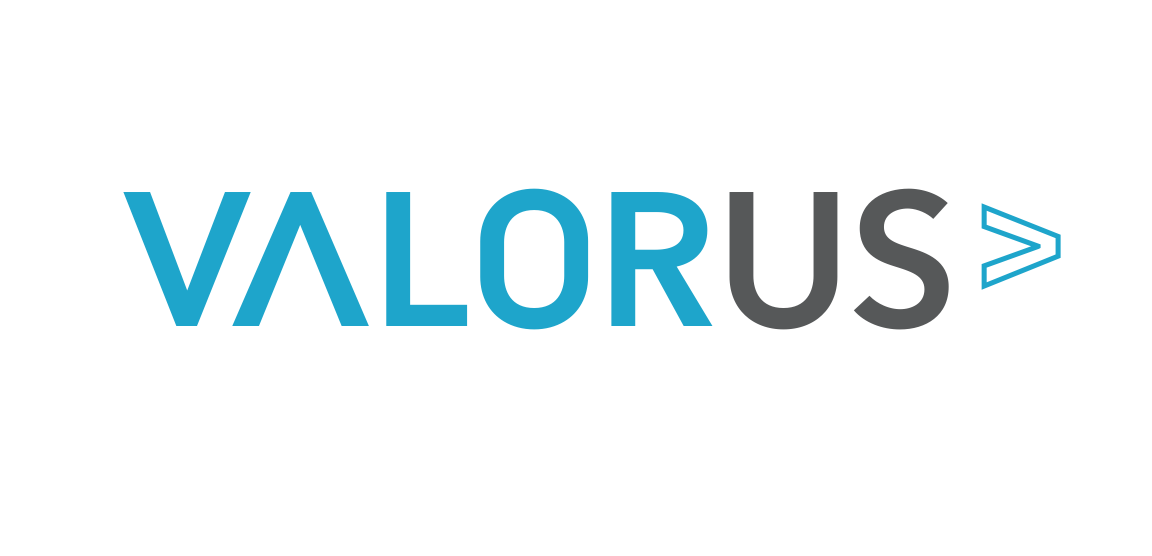This Blog features a guest writer, Jessie Towne-Cardenas with Aboreta Group, LLC. Jessie is a consultant with CALCASA to support RPE programming.
In my work as a nonprofit consultant and working with RPE program staff with CALCASA I do a lot of work related to program and organizational development, including sustainability. Doing this development work and strategic planning with organizations is one of my favorite things because I get to be in on conversations that create a shared vision with staff and board members. People have grand visions and goals for their organizations, and they should! The other side of the coin, and this is where I think it gets even better, is getting people to strategize about the infrastructure that is going to support that vision across their organization. Infrastructure is the combination of parts and people that make our organizations run well, have positive impact toward our mission, and increase fundability. They are the building blocks of programs and organizations and you can’t ignore one for too long without negative impacts or even the whole thing collapsing. These building blocks include funding, staff, space, partners/volunteers, participants, tools, evaluation and they are vital to apply to each program in your organization.

So, I live in San Diego and when I talk about infrastructure, I use the Coronado Bridge as an example but it could also be train tracks or the tracks for the Metrolev that weren’t quite finished in The Incredibles II. A long time ago there was this vision to connect Coronado Island to San Diego via a magnificent bridge over San Diego bridge. Wow, that was a lofty vision! But if they had let cars go over it before it was finished, they would have fallen off the edge. If they had built it without thinking of the height it needed to be to allow huge ships to enter the bay it would have cut off huge parts of our economy. If the engineers had not prepared for the shifting ground and currents under the sea it would buckle and collapse. If the workers were not specifically trained…you get the idea. So many things go into successful programs and we have to pay attention to all of them.
While it’s true that programs failing is not equivalent to a bridge crashing down, I bet it will feel like that to the staff, partners, and volunteers working on the program and to the folks who are served by the program. As you’re writing grants (it’s government grant season!) and strategizing organizational growth, think about sustainability as more than just funding by examining the infrastructure of programs:
- Funding: This one is obvious yes, but when looking at funding opportunities think about whether you can use it to leverage existing programs, fit with current programs, alignment with mission, and is it enough to solidly start a new program with full infrastructure or is that funding realistically coming soon.
- Staff: This is an easy one and a hard one. Staff are the heart and muscle of our organizations yet in the nonprofit sector many staff are payed substandard wages. In some areas, they are not even making a livable wage. This is probably not in alignment with your mission. Poverty is the root of many of the social issues we work toward solving in the sector including violence prevention, social justice, health equity, access to education, and the list goes on. Really think through your investment in staff and their development and whether that new pot of funding or your fundraising efforts should be focused on raising staff salaries and benefits. This investment will pay off!
- Partners and Volunteers: These folks contribute in huge ways to organizations through funding, time, in kind resources, and even making up important funding matches for grants we may not be able to apply for without the value of their time. Make sure volunteers and partners have clear onboarding, roles, structure, and feedback. Practice clear and respectful communication and hold one another accountable to your agreements.
- Participants: Well, if no one comes, we don’t have a program. Invite participants to give constructive feedback and involve them in program assessment and planning.
- Tools and Space: Everyone has tools for their trade and needs a place to do it. Think through everything staff might need to do their jobs well. This may include food for participants, childcare, incentives, supplies, and other things that may need to be funded by unrestricted or supplemental funds. Program activities may need to happen at your office, in the community, or even in people’s homes. Find this out from the folks working and participating in your programs.
- Evaluation: I can’t stress enough how vital it is to be able to tell the story of your program and its impact on the community. Evaluation does not always have to be a fancy longitudinal, randomized, control group, blah blah study. It can be with the right partners! But you can do quality evaluation that matches your capacity and shows your impact. If you don’t have evaluation expertise in house, you can work with consultants like us to help you get a well-researched plan.
Vision and infrastructure go hand in hand. Starting with a big goal and then building the bridge that gets you there is hugely satisfying!




